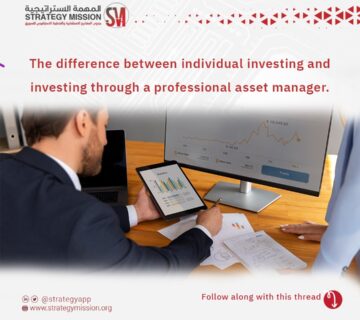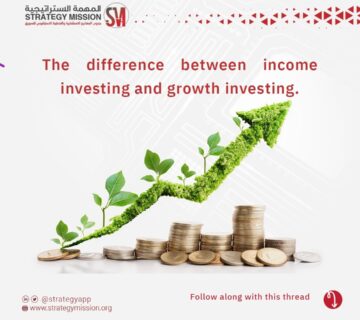Resignation of Principal Officer
How can the resignation of a key employee with vital information and invaluable technical and technical expertise be dealt with and may his departure affect the operations of the company or enterprise?
This issue is a challenge in the business world. This # thread aims to provide successful strategies for dealing with the resignation of the core employee. We will discuss how to transfer vital knowledge, ensure business continuity, and facilitate a smooth transition. We will also help you deal with these complex situations and ensure your organization’s sustainability in the face of change. Join the discussion and share your experiences and views on this important topic.
https://strategymission.org/request-services-ar/
Or whistleblower directly:
The resignation of a key employee with critical technical and technical expertise is a challenge faced by many companies. In order to successfully deal with this situation, you must follow well-defined strategies. Here are some of the most important of these procedures and strategies that are an essential part of the qualification requirements of ISO 9001 and ISO 22301 systems as well as governance requirements:
First: Documenting knowledge and expertise: The processes and techniques that are used must be accurately documented. According to a survey by “Association for Information and Image Management (AIIM)”, 75% of institutions promote a shift to digital documentation to increase effectiveness and sustainability.
Second: knowledge transfer: knowledge should be effectively transferred to the remaining team. A study by Deloitte showed that 69% of companies promote the use of training to transfer skills and knowledge. as well as functional rotation in some posts.
Development of a continuity plan: a business continuity plan must be developed. According to Business Continuity Institute’s Horizon Scan Report, 68% of companies promote periodic continuity updates.
IV. Recruitment and training of new competencies. New competencies should be recruited and trained. According to LinkedIn’s 2021 Workplace Learning Report, 76% of companies are promoting increased investment in skills development.
Fifth: diversification of experiences: diversification of experiences and recruitment of people with similar competencies. “Harvard Business Review” noted the importance of diversifying talent to enhance flexibility and achieve business continuity.
VI: Enterprise sustainability, especially financially: enterprise sustainability is important. According to “PwC’s Global CEO Survey”, 79% of CEOs see the sustainability of the organization as enhancing financial value and reducing risk.
Seventh: Data and information analysis: using data and information analyses to identify gaps and improve performance. According to “McKinsey Global Survey,” 85% of companies promote continuous improvement using analytics.
Eighth: Development of backup plans: Development of backup plans to deal with the loss of a critical staff member. According to a survey by Institute for Corporate Productivity (i4cp), 77% of companies promote the need for backup plans for key employees.
IX: Adopting technological tools and automation tools: using technological tools to record and share knowledge. According to “TechRepublic,” 63% of companies use knowledge management systems.
X. Building knowledge databases: creating databases that store knowledge and information. The study “KPMG’s Global CEO Outlook” noted that 72% of CEOs consider that graphic analysis contributes to improved business performance.
Eleven: Encouraging continuous learning: encouraging staff to continuously learn and develop their skills and creating a new generation ready as leaders and experts. “LinkedIn’s Workplace Learning Report” showed that 94% of employees will remain in an organization that supports their ongoing learning.
Twelve: periodic evaluation: periodic assessment of the required work and skills requirements. According to “Brandon Hall Group,” 72% of companies periodically assess development needs.
Thirteen: Recruitment of external consultant: contracting external consultant for knowledge transfer and team development. “Deloitte’s 2021 Global Human Capital Trends” noted that 74% of companies use consultants to promote development.
Fourteen: Development of special training programs: development of training programs dedicated to knowledge transfer. “Training Industry Report” explained that 82% of companies plan to increase their investment in training programs.
Fifteen: Creation of internal networks: creation of internal networks for knowledge sharing. “Ceridian’s 2021 Pulse of Talent” showed that 68% of employees see Intranets as contributing to their development.





No comment